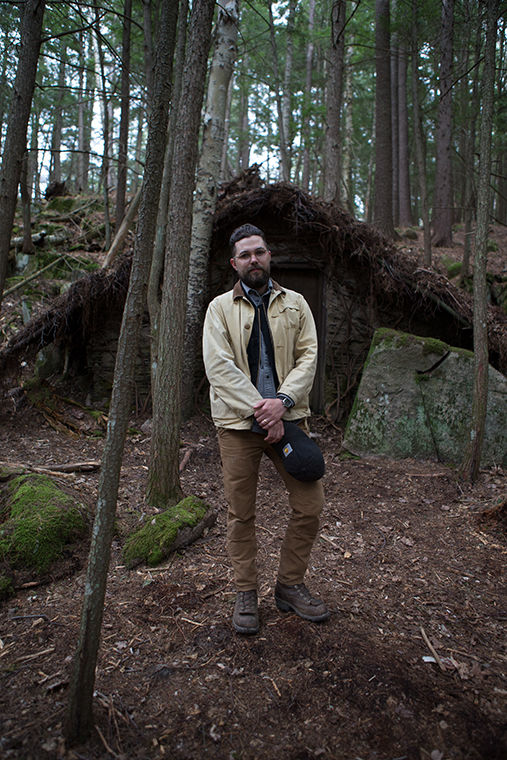Robert Eggers discusses resurrecting age-old terror in ‘The Witch’
Robert Eggers
February 15, 2016
Writer and director Robert Eggers’ debut feature, “The Witch,” painstakingly recollects the destruction of a puritan New England family after having been banished to the edge of the wilderness by their community. The film examines timeless tropes pertaining to witchcraft, black magic and demonic possession with meticulous historical accuracy.
Eggers, a native of rural New Hampshire, drew on childhood memories of crumbling farmhouses and deserted graveyards to give the film its distinctive look and did historical research to ensure its fidelity to its subject matter.
Eggers has directed short film adaptations of “Hansel and Gretel” and Edgar Allen Poe’s “The Tell-Tale Heart.” “The Witch,” his first feature, won the Best Director Prize in the U.S. Narrative Competition at the 2015 Sundance Film Festival.
“The Witch” opens nationwide Feb. 19. The Chronicle spoke with Eggers about researching the Elizabethan and Early Stuart periods, examining the witch archetype and breaking out of mainstream horror conventions.
THE CHRONICLE: What was the pre-production process for “The Witch” like?
ROBERT EGGERS: It’s really important for me to state that authenticity for authenticity’s sake doesn’t matter. There [are] a lot of period films that I like that aren’t accurate at all but still manage to be cool and transportive. However, my belief was that for the witch to be scary again, and for us to believe in her again, we had to go back to the time when she did exist for people. That was the point of this entire, horrible exercise. Because it took so long to get financed, I had years to do research.
Can you tell me more about that research, and how it was reflected in the final product?
I was working with museums and historians and engaging with people in the living history community. I was going crazy. All the costumes are hand sewn and handmade. We had fabric swatches of all of the different kinds of historical cloth that would have been used, and if we couldn’t afford the real thing, we found extremely close equivalents that we were very pleased with. We literally had a 30-volume book set about the clothes of the common people from the Elizabethan and early Stuart era that we used as our bible. I was studying animal husbandry and agricultural techniques that would have been used in England and how they would have changed when the English settlers came [to America]. In any case, the family farm was built accurately.
What were you trying to get at with your representation of the witch?
The witch today is not scary. She’s a cheesy Halloween decoration, and she doesn’t mean anything. Yet, when you’re a kid, that cheesy Halloween decoration is scary. So, there’s something about it that’s still potent. I wanted to understand why women were being killed for being witches. When you’re taught about Salem in school, it’s hard to wrap your mind around it. They were religious zealots, and they had political reasons, but there’s more. People really believed that the real world and the fairytale world were the same thing in the early modern period. Witches were really capable of flying on sticks and stealing children and grinding them up. If your child died, it’s a witch. If your crops are failing, it’s a witch.
How did you break away from some of the tropes that are often associated with horror films?
I think there’s this idea that you should make a genre movie as your first film because even if it sucks, you can sell it. There’s some truth in that, but I wanted to make a genre film that was also personal and [meaningful]. If I’m going to do genre, I want to make it good.








